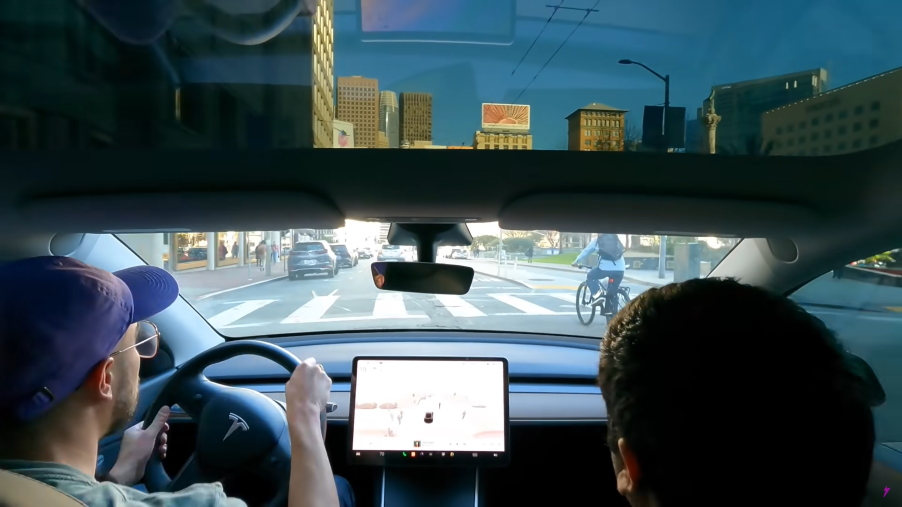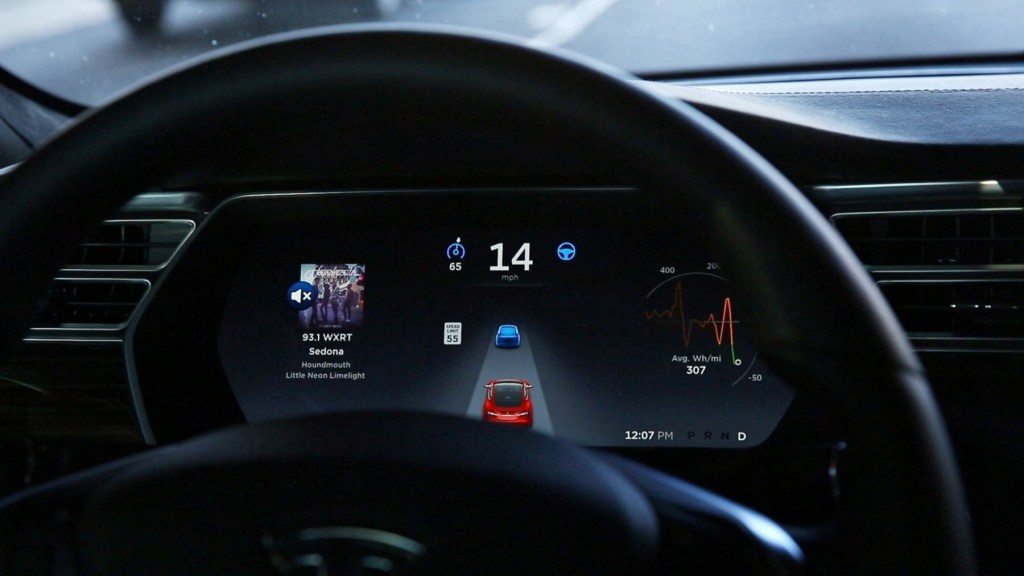
NHTSA: Fully Automated Vehicles No Longer Require Human Controls
Have you ever wanted to sit back and relax while the car does the driving for you? Sometimes, complete automation would be incredible, especially at times like during a long road trip where you’ve driven for several hours down the same highway. A self-driving car is a perfect answer for anyone who likes to sleep on those trips. Since fully automated vehicles’ inception, they’ve required human controls and an aware and ready human supervisor. However, the NHTSA ruled that (some) automated vehicles no longer require human controls.
Fully automated vehicles: Who needs humans?

According to Automotive News, U.S. regulators issued a final ruling eliminating the need for automated vehicle manufacturers to provide manual driving controls to meet crash standards. Safety standards from long ago have created massive hurdles for automakers when developing automated vehicles. Any automated driving system still needed manual controls, primarily to be up to legal code for safety. However, last month, a petition led by General Motors asked the National Highway Traffic Safety Administration for permission to build self-driving vehicles without human controls.
More specifically, GM didn’t want to put basic manual controls like steering wheels and brake pedals in vehicles. The rules revise regulations assume vehicles “will always have a driver’s seat, a steering wheel and accompanying steering column, or just one front outboard passenger seating position. For vehicles designed to be solely operated by an ADS, manually operated driving controls are logically unnecessary,” said the NHTSA.
New technology, new rules

Self-driving cars were a futuristic pipe dream when these rules came about. It was like something out of The Jetsons when someone pictured fully automated vehicles. However, self-driving has been around for a while, and the rules remain unchanged. These new rules were first proposed in March 2020, emphasizing that automated vehicles provide as much occupant protection as human-controlled ones.
“As the driver changes from a person to a machine in ADS-equipped vehicles, the need to keep the humans safe remains the same and must be integrated from the beginning,” said NHTSA Deputy Administrator Steven Cliff.
Despite not requiring a driver, children are banned from sitting in the driver’s seat. Children aren’t protected when sitting in the driver’s seat. Existing regulations do not prevent automated vehicles with manual driving controls from operating. Moreover, the NHTSA said manufacturers will still need to petition the agency for an exemption to sell vehicles without human controls.
2022 fully automated vehicles
According to AutoPilot Review, many vehicles are currently able to drive themselves. However, the level of self-driving differs from car to car. Some can only keep speed and stay in a straight line, while others can take turns and much more. Probably the most popular of the bunch is the Tesla Model S. Every one of these electric sedans comes with Tesla’s AutoPilot self-driving aid, but it’ll cost $8,000 for the Full Self-Driving Capability Package.
High-profile accidents are often linked to Tesla’s automation. Many people view self-driving capability as dangerous. Well, wait until more automakers get the go-ahead from the NHTSA to no longer require brake pedals and steering wheels.
Models with full automation
- Tesla Model S, Y, X, and 3
- GM – Cadillac CT6 and Escalade, Chevy Bolt
- Audi A6, A8
- BMW X5, 3 Series
- Ford Mustang Mach-E
- Kia Telluride
- Hyundai Sonata, Palisade
- Mercedes-Benz E-Class, S-Class
- Volvo XC90, XC60, XC40
- Nissan Rogue, Leaf
- Infiniti QX50
In conclusion, many modern vehicles use some form of automated driving. The NHTSA only allowed GM a chance at developing a vehicle without human controls. The NHTSA granted GM the ability after petitioning and a long ruling process. However, the NHTSA explicitly stated that other automakers would need to petition it for exemption in the future. Every production vehicle requires human controls. Only for General Motors, the NHTSA says fully automated vehicles no longer require human controls.



